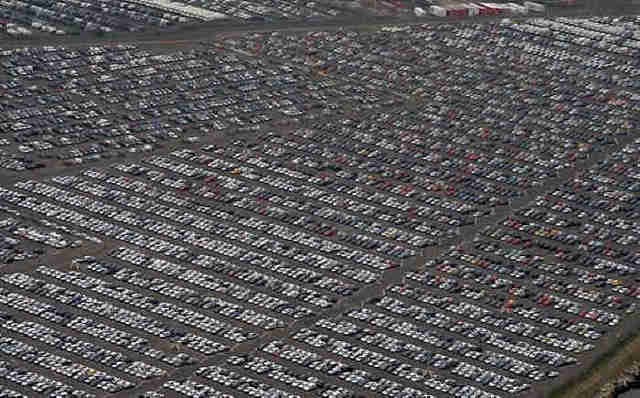This month, EVITECH has just delivered new Lynx functions for “heterogeneous” counting (counting by mobile class), making it possible to extend to multiple classes recognized by the AI (vehicles, etc.) the previous functions for calculating counts/densities and flows of people at site level.
The story of these two new Lynx functions began a few years ago. The aim was to be able to calculate and transmit the number of people present in all the areas of a large site (count/density), as well as to add up the number of people entering and/or leaving (flow), and to display them on a dashboard, through counters but also curves reflecting the past, at variable depths (minutes, hours, days, years) according to need.
Many difficulties had to be overcome for this development. For example, it had to be possible to configure the system to suit multiple locations with many specificities (using easily modifiable calculation formulas, adapted to doors, accesses, rooms and spaces), and to manage the spatial dimension of the site.
 It was also necessary to manage the synchronicity of the counts, with each counter carrying out its analysis and measurement on its camera in parallel and independently of the others. Data had to be grouped around synchronous measurement times from initially asynchronous data, so as to provide the most accurate site situation possible at generally defined times, without depending on the date of measurement on a given camera. The recently released extension brings these same functions to classes chosen by the user according to the capabilities of the deployed AI. For example, it provides the total number of vehicles parked in a large parking lot monitored by multiple cameras, with sub-graphs by category if required. Insofar as EVITECH provides extensible models of classes that can be recognized by AI, we can't draw up an exhaustive list here, but we can mention the classes and sub-classes of two-wheelers, vehicles, cycles, trains, etc., and more generally all the classes and sub-classes of the recognition models that are and will be integrated into products over the course of future projects.
It was also necessary to manage the synchronicity of the counts, with each counter carrying out its analysis and measurement on its camera in parallel and independently of the others. Data had to be grouped around synchronous measurement times from initially asynchronous data, so as to provide the most accurate site situation possible at generally defined times, without depending on the date of measurement on a given camera. The recently released extension brings these same functions to classes chosen by the user according to the capabilities of the deployed AI. For example, it provides the total number of vehicles parked in a large parking lot monitored by multiple cameras, with sub-graphs by category if required. Insofar as EVITECH provides extensible models of classes that can be recognized by AI, we can't draw up an exhaustive list here, but we can mention the classes and sub-classes of two-wheelers, vehicles, cycles, trains, etc., and more generally all the classes and sub-classes of the recognition models that are and will be integrated into products over the course of future projects.
In another example, it provides the status and history of vehicle entry and exit flows, by category, at all the gates of a large site. The model is scalable, and can be configured to track changes in the organization of site accesses and spaces. The dashboard, created using Web technologies, can be easily integrated into a dedicated control screen, or integrated into a hypervisor or other supervision tool.

